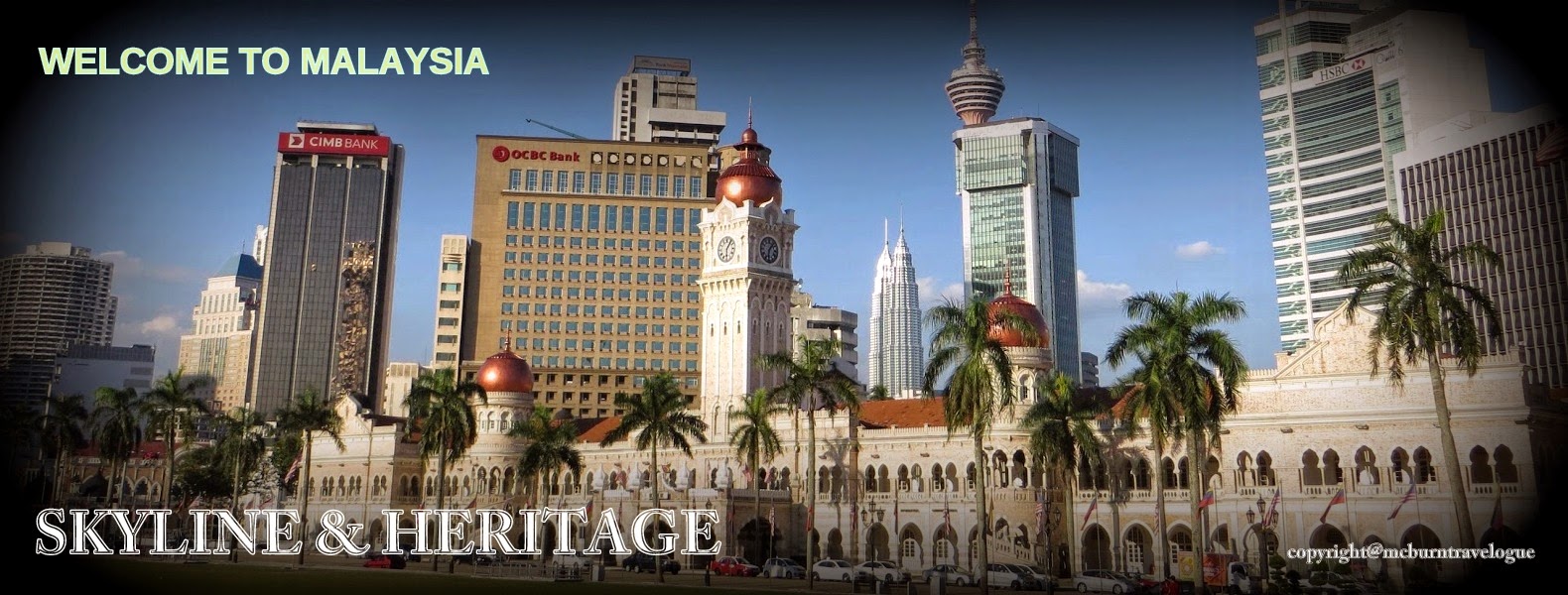Traditional Vernacular
There
are three types of mosques in this category which can be
distinguished mainly from the use of the roof form.
The
first is the three tier pyramidal roof form as in that of
Kampung Laut and Kampung Tuan believed to be built between the
sixteenth and the seventeenth century.
From
the tip of the pyramid to the bottom of the columns, the mosques can
be inscribed into an almost perfect cube.
The
second type is the two tier pyramidal roof forms such as that
of the Papan and the Lengeng Mosque.
 |
| The Kg TuanMosque |
 | ||
| Kg Laut Mosqie |
 |
| The Traditional Vernacular interior |
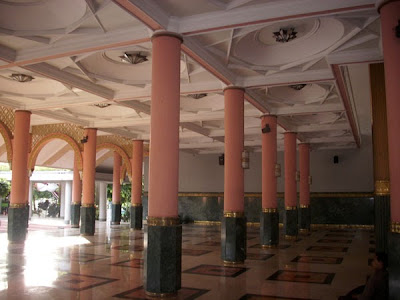 |
| Another view of the interior |
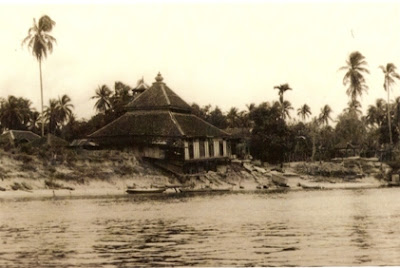 |
| Old location of the Kg Laut Mosque |
 |
| The old traditional well where water is haul up for ablution. |
 |
| Most early most are fenced up |
They
are built between the eighteenth and nineteenth century.
There
are the single or double tier roof form in this typology. All of the
mosques are raised from waist to shoulder height.
All
of the mosques in this stylistic classification are made of timber.
All
of the mosques originally possess no serambi area. Many of the
serambi or verandah came later.
An
interesting feature of these mosques is that they do not come
equipped with a minaret.All
are added later whilst some mosques are still without any minaret.
All
of the mosques display only a single space layout and no indication
of subdivision can be found.
Since
many of the mosques are built close to a river for ablution purposes
few of them have wells for preparation of prayer.
There
is no indication that these early mosques were fenced up and isolated
from the villages. All
of the mosques use the traditional timber post and beam system.
Columns
on the exterior and the interior are common features except in the
Kampung Tuan Mosque.
 |
| The mosque main area for prayer |
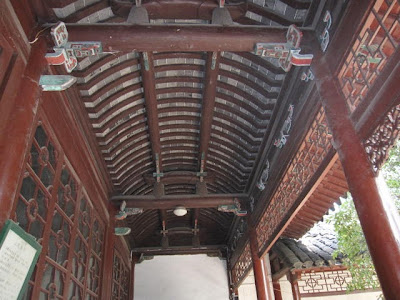 |
| The mosque verandah is built at a later date. |
In
this particular mosque, there are only exterior column without the
traditional four or five internal pillars.
A
close examination reveal that this particular mosque uses a unique
timber ‘space frame structure but known locally as the tiang
gantung system.
It
is a fact that all the traditional Malay construction do not use any
form of truss system except the occassional king post which is
denoted as the ‘tiang gantung’.
Since
the strongest debate about how Islam came to this region is from the
Acheh route or that of Pattani, it follows that the
three tier form might be nfluenced
by the sacred form of
the pagoda.
Many
building craftsmen are actually Chinese and if there were
Malay craftsmen, they might have inherited their skills from the
Chinese.
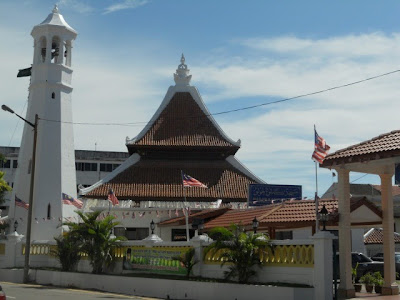 |
| Masjid Lebuh Aceh - Penang |
Sino-Eclectic
Style
The
term Sino indicates a Chinese influence and,
Eclectic
which denotes a combination of two or more influence of architectural
language.
There
are two types of mosques in this category:
Both
types are similar in a majority of other features.
The
differences between the two styles lie in the prominent curvature of
the roof ridges which is made of cement.
The
mosque if this style sits on the ground and are not raised.
The
all have slabs on grade which are raised about half a metre high with
stone stairways accessing to the main floor plan.
The
plan of the mosque proper consists of the enclosed prayer area and
the serambi or verandah surrounding either three parts of the square
plan or all around it.
Masonry
fenced and masonry pool for ablution area.
E.g.
Kampung Hulu Mosque, the Tengkera Mosque and the Kampung Keling
Mosque , Melaka.
E.g.
The Lebuh Acheh Mosque, Penang,
The
roof structure is made of timber rafters purlins and sometimes simple
trusses. The roof materials is of clay tiles.
The
whole roof is supported primarily by four central column and nine or
twelve perimeter columns
